Following the Emilia Romagna Grand Prix, it has been established the FIA issued F1 teams with new technical directives ahead of the round in Imola.
Those clarifications were pertaining to the regulations surrounding tyre management and wheel bodywork, something that continued the sharp focus on McLaren, which has devised a clever tyre and brake cooling method this year.
That has afforded the Woking-based squad superior tyre degradation, a significant contributing factor to it claiming five victories in the opening six rounds of the season, heading into the weekend just gone at Imola.
But with Max Verstappen triumphing, the extent to which those technical directives may have impacted McLaren is being widely questioned. The constructors' champion denies it had to make changes, or that it affected the pecking order in Italy.
Now, RacingNews365 understands it was Red Bull who approached the FIA, which prompted the motorsport governing body to publish the new guidelines.
The Milton Keynes team is believed to have been monitoring the temperature of McLaren's brake drums at recent events using thermal imaging cameras.
The current working theory is that the papaya team has been using a micro-grid of PCMs (phase-changing materials) inside the drums.
This is a kind of mesh made up of small tubes containing metal alloys, with a melting point that varies between 120 and 200 degrees, depending on the alloy used.
In fact, these alloys (imagine the cross-section of an iron wire covered with a thin plastic sheath, as if they were electrical micro-wires) form a thin membrane inside the drum and channels.
As a result, the temperature is controlled, with great benefits for reducing the tyre temperature, thus allowing McLaren to fire up its tyres quicker, and enjoy superior thermal management - a substantial advantage over the competition.
Viewed by others:
Tactical gamesmanship is business as usual
It is not uncommon for F1 teams to seek clarity from the FIA about ploys of a rival team, often being done indirectly by asking what happens if the team develops such a system itself; Red Bull recently asked the FIA whether it would be legal to apply a similar system to the brakes on the RB21.
Whilst with no direct reference to McLaren, the purpose is to see if the team asking the question can force competitors into having to make changes, thus taking away the advantage.
In turn, the FIA responds by clarifying the regulations, through technical directives, which is what happened in this case.
The governing body has clarified what is and is not allowed when managing tyres and wheel bodywork, potentially also with regard to certain materials or concepts. That may force teams to make changes.
There is currently no evidence McLaren has needed to make changes. The team has denied that was the case in the run up to the Emilia Romagna GP and has instead pointed to the "surprising" performance of Red Bull, which appeared to enjoy a notable step in performance with the updates it introduced at Imola.
Moreover, the characteristics of the circuit also suited the RB21 better, as the car performs well in high-speed corners. These two variables alone could explain Verstappen's race-winning pace.
Furthermore, it is too early to establish whether McLaren has regressed pace-wise. The upcoming Monaco Grand Prix should reveal whether the team has made changes as a result of the recent technical directives.
Something that could either be compounded or conflated by the stricter rules surrounding flexible front wings coming into force at the subsequent Spanish Grand Prix.
By that point, if the pecking order has not shifted, the technical directors issued, and the enveloping noise can be considered a storm in a teacup.
Also interesting:
Join RacingNews365's Ian Parkes and Nick Golding, as they are joined by former Alpine executive director Marcin Budkowski to look back on Imola and look ahead to Monaco! Max Verstappen's victory is a lead talking point, as is McLaren suffering a surprise defeat.
Rather watch the podcast? Then click here!
Don't miss out on any of the Formula 1 action thanks to this handy 2026 F1 calendar that can be easily loaded into your smartphone or PC.
Download the calenderMost read
In this article
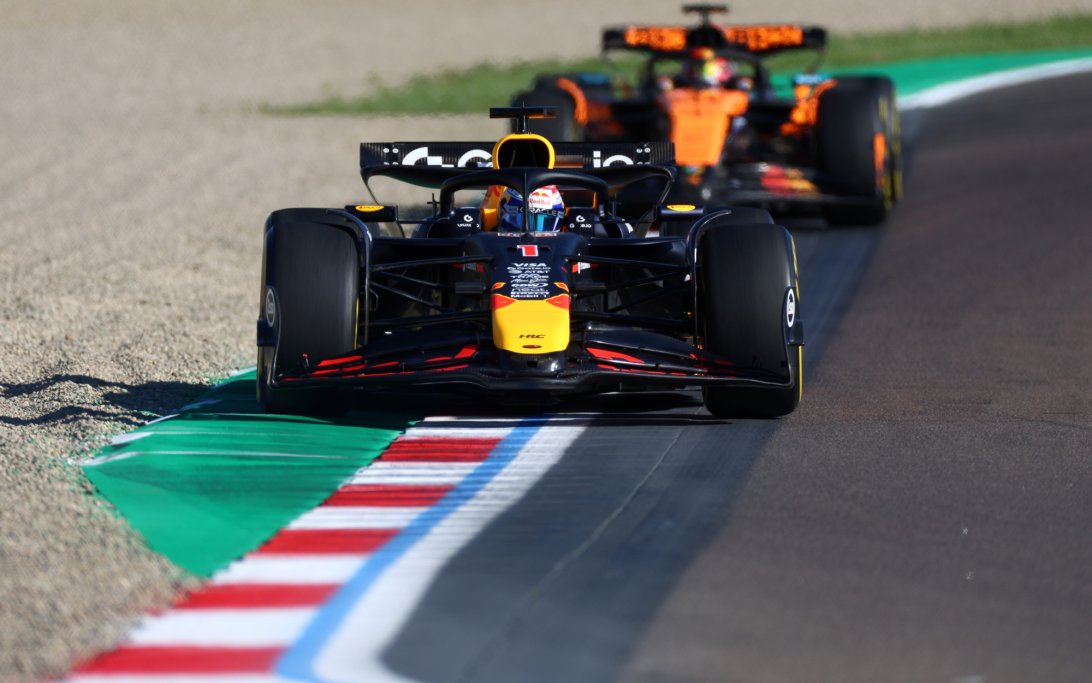

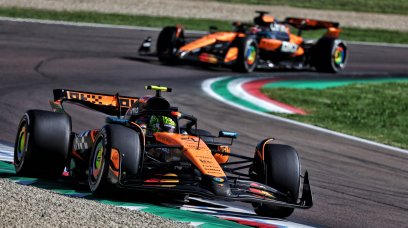


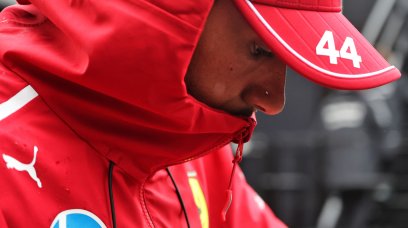


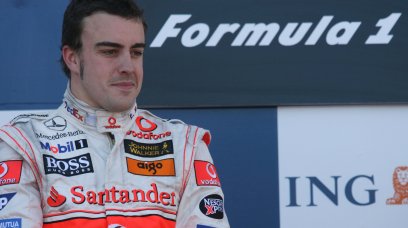

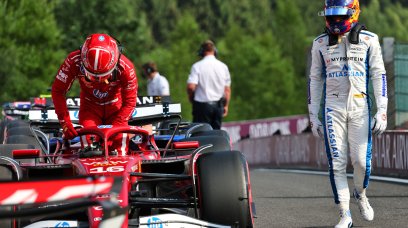

Join the conversation!